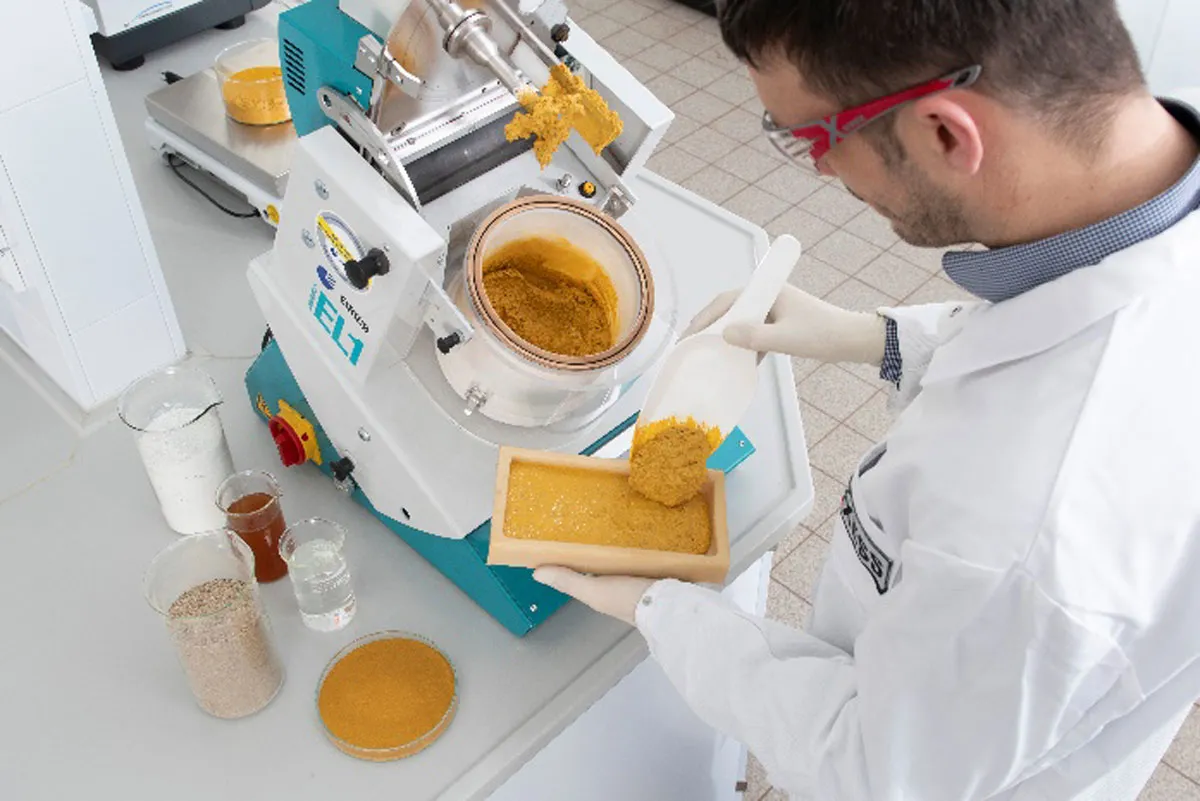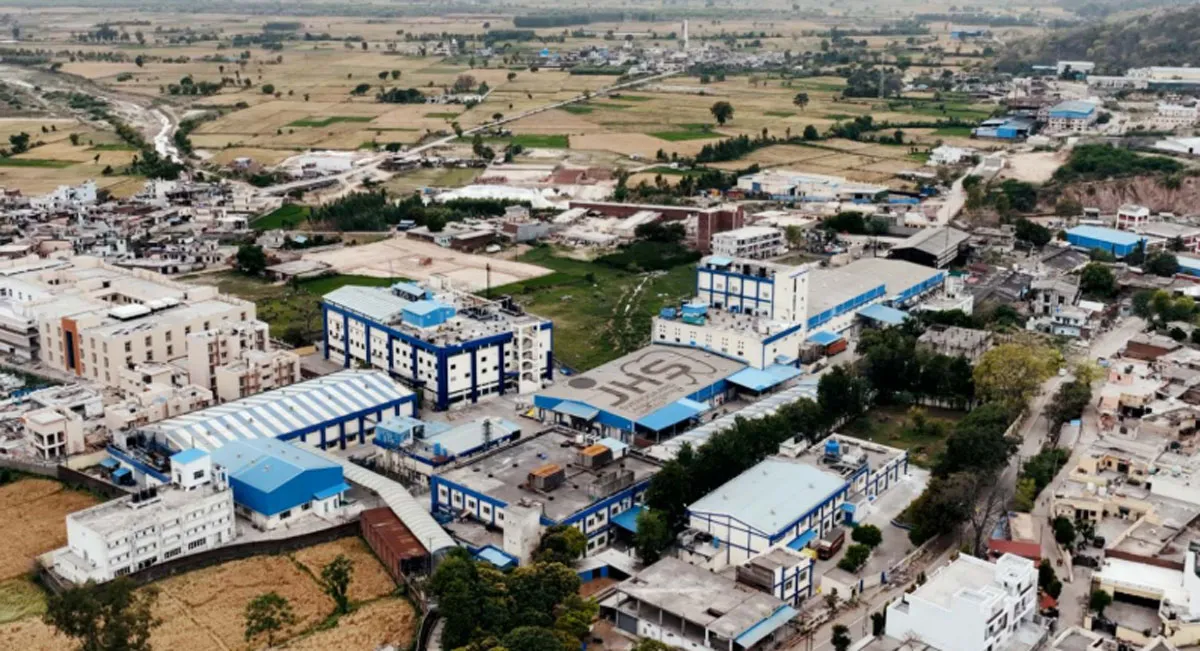Bad roads seem to be a never-ending menace in India.
However, a novel modelling technique developed by the Indian Institute of Technology (IIT)-Hyderabad could help in the construction of long-lasting roads.The technique—Reliability-Based Design Optimisation (RBDO)—can predict the performance of road surfaces or pavements and compare these predictions with conventional road designs. SireeshSaride, Professor,and Dr MunwarBasha, AssociateProfessor, Department of Civil Engineering, IIT-Hyderabad, share more on how the technique works and the advantages of using itfor the construction of roads in India.
Optimising designs
The RBDO technique is a framework to optimise pavement design, which is done based on locally available materials. The technique was developed for flexible pavements considering the huge variability associated with road materials.
Generally, the performance of a pavement depends on the quality of materials used in building the roads, such as granular subbase (GSB), base course (BC) and bituminous layers (surface). Current design methods do not consider the variability in the quality of material, construction difficulties, climatic conditions, etc. Sometimes the performance of road material may drastically change with climatic conditions. For example, in monsoon season, the layer may lose half its strength owing to saturation.
The proposed RBDO technique considers all these factors in terms of variability in material quality and simultaneously optimises pavement design, which involves arriving at a safe thickness of each pavement layer.
As it is an optimisation technique, it strengthens the current practice of design and proposes a safe pavement section.At times, pavements may be thinner than conventional sections. In such cases, they can be cheaper and quick to construct. However, in extreme conditions (weak soils and extreme climatic conditions), RBDO technique may result in thicker pavement sections, which would be slightly more expensive than conventional methods.
Beyond conventional techniques
Current pavement design guidelines across the world use performance criteria, such as fatigue and rutting failure, in the analysis. They really donot account for the quality of material being used in the roads. Hence, pavements may experience premature failures that we see on roads, like pot-holes, rutting, etc.
Efforts are being made to account for such uncertainties in pavement design by considering the mechanistic behaviour of pavements. RBDO is one such advanced technique that considers uncertainties in terms of coefficient of variation. If the quality of a granular material is varied by, say, 25 per centowing to various reasons during the design life of a pavement, RBDO still ensures that the pavement is safe and sound for riding.
Constructing with RBDO also fulfils the requirements of comfortable riding qualityas it ensures the performance of the pavement despite rutting and cracking.
Combining optimisation approaches with reliability assessment of structures
RBDO is a methodology used in engineering design to find the best compromise between safety and economy of the structure. It is the most commonly used approach to minimise structural cost or other performance under uncertain variables. It combines probability theory, statistics and nonlinear constrained optimisation. Conventional deterministic design optimisation methods may lead to a suboptimal design solution with a high probability of failure. This is because of the non-consideration of variability associated with pavement materials. The RBDO method gives the best design, which satisfies an expected level of reliability.
Cost analysis
The cost of constructing a road with the RBDO technique will not change when the soil subgrade conditions are good. Otherwise, the cost may go slightly up to accommodate variation in the poor soils. The cost is expected to be no more than a 10 per cent increase over conventional methods. And if we undertake a lifecycle cost analysis, the overall cost may be lower because of reduction of periodic maintenance activities.
Currently, IIT-Hyderabad is also working on advanced models to further predict and estimate failures to design pavements while considering them simultaneously. The new approach is known as System Reliability-Based Design Optimisation and further load resistance factor design for pavements. These methods hold promise to address premature failures in flexible pavements.
Right now, the entire world is moving towards mechanistic pavement designs for better roads. In India, the Indian Roads Congress has also been gearing up to accommodate such designs. And the RBDO technique is one such step ahead.
- SERAPHINA D’SOUZA



















